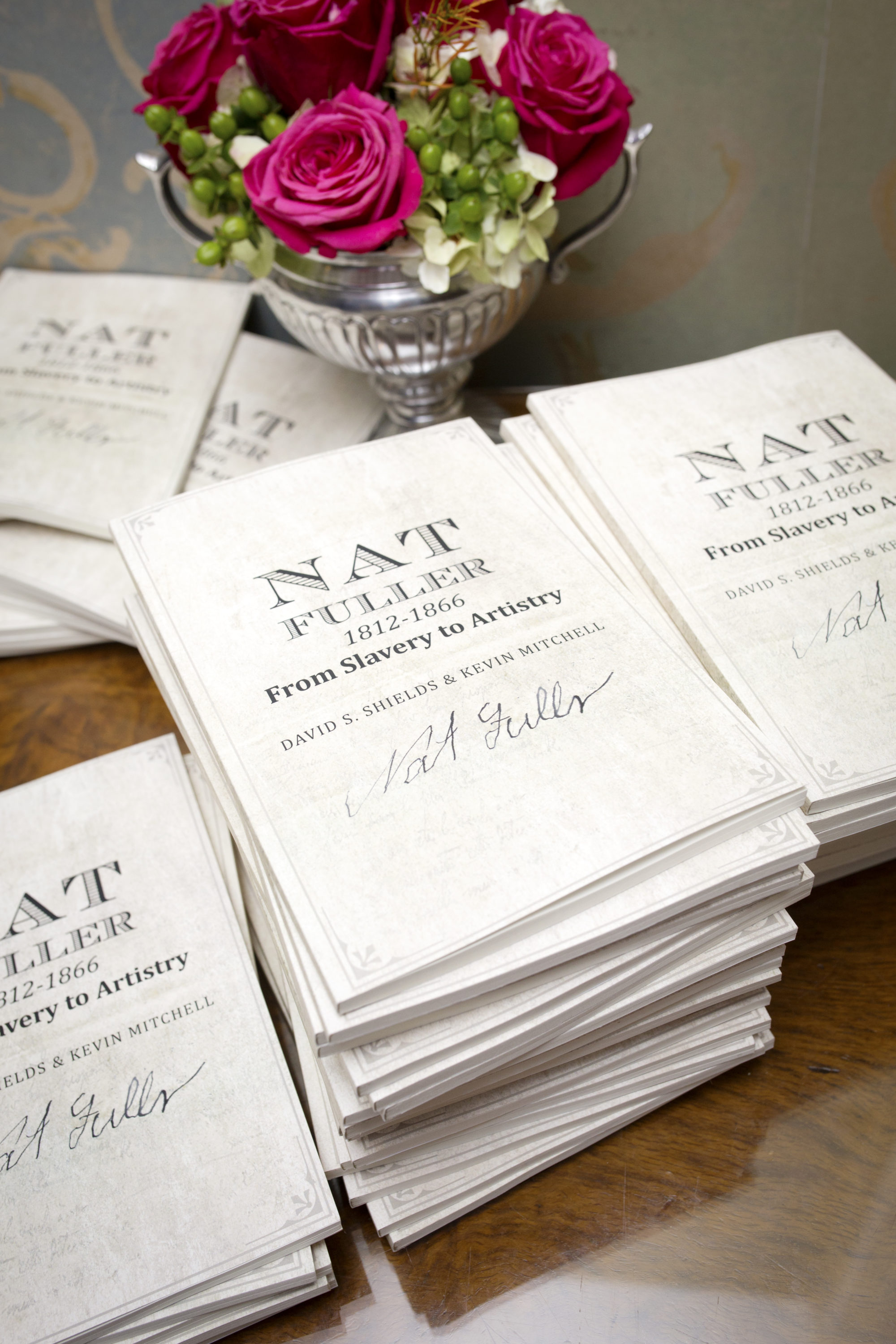Editors’ Introduction

This roundtable is another installment in an ongoing series devoted to “First Person” experiences with early American culture. We envision “First Person” features as an exploration of what it means to inhabit history in extraordinary ways. What alchemy occurs when we set sail on a whaling ship, put on period clothing, perform the words and deeds of an earlier life? In short, what happens when we put our bodies in the very spaces we’ve spent so much time reading about? Of course, we all know that we can’t really feel what our subjects felt, but this feature thinks critically about our desire to do just that.
This issue’s First Person feature focuses on reenactments of Charleston’s 1865 Reconciliation Banquet, a sumptuous feast hosted by Nat Fuller, a formerly enslaved man who was one of Charleston’s most famous chefs. Fuller invited black and white residents in Charleston, S.C., to sit down and enjoy a meal, even as the city reeled from the destruction of the Civil War. This roundtable features the voices of the guests, of the culinary scholar who helped put the event together, and of the chef who stood in Nat Fuller’s place as he cooked the food and welcomed the diners.
Nat Fuller’s generous invitation to the residents of Charleston to find a space to talk, to give, and to find common ground has taken on a particularly powerful resonance in the wake of the tragic events of June 17, 2015. On that day, a man who identified strongly with symbols of the Confederacy murdered congregants of Emanuel A.M.E. Church in Fuller’s beloved Charleston, forcing us to realize, yet again, the power that past hatred continues to exert in our present moment. Nat Fuller’s banquet—both in its original and present-day manifestations—reminds us of the urgent need to inhabit the past in ways that not only acknowledge wrenching violence and loss, but also offer the hope of inclusion, of nourishment, and, perhaps, Nat Fuller would urge us to hope, even reconciliation.
This article originally appeared in issue 15.4 (Summer, 2015).